AMANDALAMAHLE
PSYCHOMETRIC ASSESSMENT SERVICES
1. Introduction
Dover Systems was founded in 1982 to serve as the Vienna Test System's importer. The Dover is a legitimate psychometric test that is used to evaluate the abilities and skills needed by drivers/operators in mining, building, and transportation industries. The HPCSA (Health Professional Council of South Africa) has also approved the testing system and methodology.
The standard equipment vehicle inspections consider safety, performance, and condition of preparedness. In light of the fact that many accidents and incidents can be attributed to human performance error, such as inappropriate actions and reactions, behavioural patterns and ideas, or attitudes, it should be logical for these factors to play a significant role in the selection of drivers.
2. Methodology
The Dover Systems can be described as an all-encompassing competency measurement tool to enhance operator/driver safety performance and productivity. Numerous tests are compiled into a battery to more accurately assess the driver’s ability to operate a vehicle or mining equipment, i.e. hand-eye-foot coordination, auditory discrimination, sustainability of concentration in a distracting environment, and visual perception (among others).
The performance level is assessed using time constraints as a stress factor. A candidate, who is unable to cope under pressure or recover adequately thereafter, often becomes a danger to himself and others. The cost implications related to accidents/incidents that could have been avoided can therefore be dire to any company.
Computer-aided assessment is presented to the candidate as a screen based task, using only a dedicated response panel and screen. No prior computer exposure and/or experience are therefore required. The entire assessment process is in line with the Codes of Good Practice of Assessment, and measures are taken to ensure that the incumbent is properly instructed on the use of the necessary input devices during the practice phase of the tests. Responses to test items are scored and reported to ensure objectivity and reliability
3. Benefits
Additional benefits
3.1 Eye check (Fatigue)
The device delivers quick and accurate information on degrees of exhaustion.
3.2 Mobility
To accommodate customer needs, the test station is portable and may be relocated from one location to another.
3.3 Screening
Tests for future work chances could also be administered to unemployed people.
3.4 Health and Safety
High accident rates could be decreased by placing high risk workers in low risk professions.
3.5 Employment
The Dover assessment station could be used to find, choose, and hire the suitable candidate for the position.
3.6 Results
The client has rapid access to the assessment results for decision-making.
Depending on the needs of the client, results are categorized using symbols, colour coding, or a combination of the two.
Please Note: regardless of a candidates overall score, any C/Poor area in the individual test scores needs to be considered as an area of potential skill risk
Classification of colour symbol:
A - Good
B - Average
C - Poor
Classification of colour coding:
4. Technical Selection
In order to choose technical learners for all levels of training, from basic instruction to advanced instruction, the Dover exam has proven to be incredibly useful. The testing is the perfect instrument for use in multi-cultural communities because it is fair and free of cultural bias.
5. The Main Tests of Dover Systems
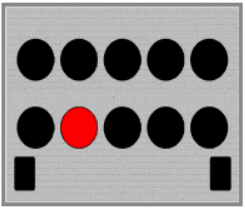
Determination Test (DT): The Determination test evaluates a candidate's hand-eye coordination, auditory discriminating skills, and visual perception skills. It assesses decision-making ability under various circumstances, daily productivity, crisis management, and reaction times.
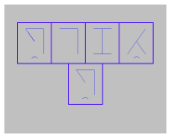
Cognition Test (COG): The Cognition exam evaluates visual acuity, reaction speeds, and levels of concentration as well as spatial perception (i.e., general awareness of size and shape, as well as comparative size).
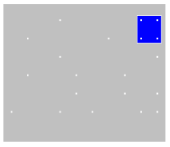
Signal Detection Test: The Signal Detection test evaluates a candidate's capacity for sustained attention in undemanding and normal circumstances as well as his capacity to spot minute alterations in his environment
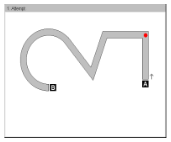
Two-hand Coordination Test: The two-hand coordination test evaluates a candidate's two-hand coordination and provides insight into their capacity for training. Time Movement Anticipation Test: Estimate distance, time, and movement.
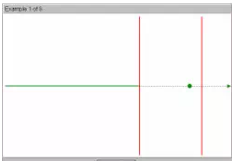
Time movement anticipation (ZBA) : This looks at the candidate’s ability to estimate both the speed and direction of moving objects, such as other vehicles on the road (e.g.: when having to turn in front of an oncoming vehicle, candidates need to be able to estimate how quickly, and in what direction, the vehicles is coming so that they can safely turn in front of it)
6. Amandalamahle Dover Test Execution
6.1 Provision of the Services
With effect of the Signature Date for the duration of the Agreement Amandalamahle shall develop and provide the following for Client with reference to their Scope of Work and User requirement.
